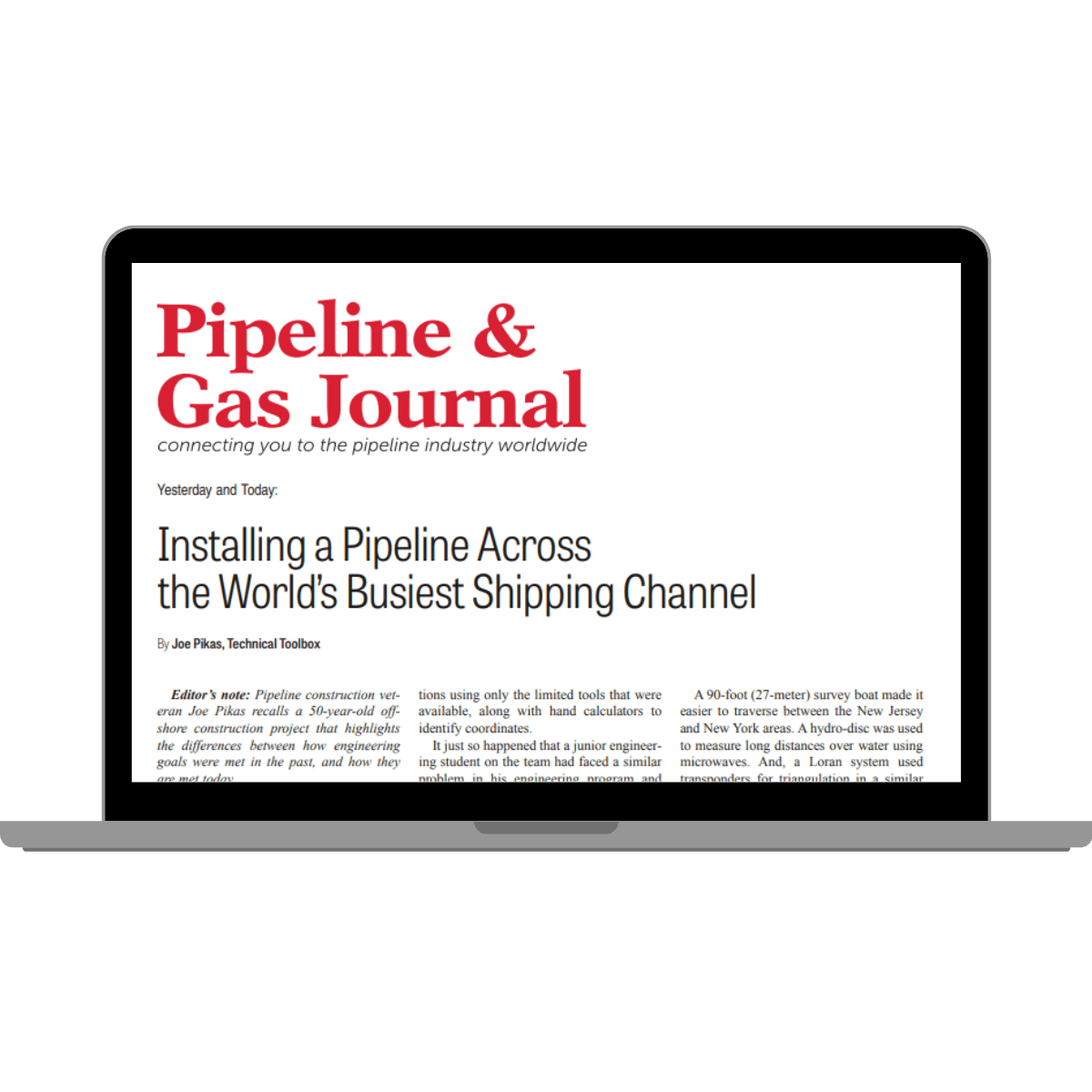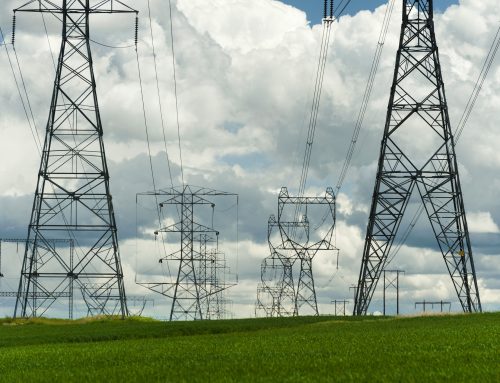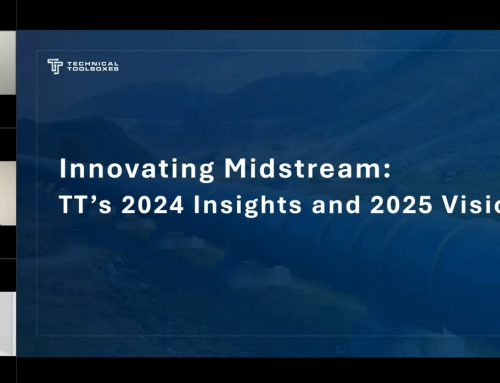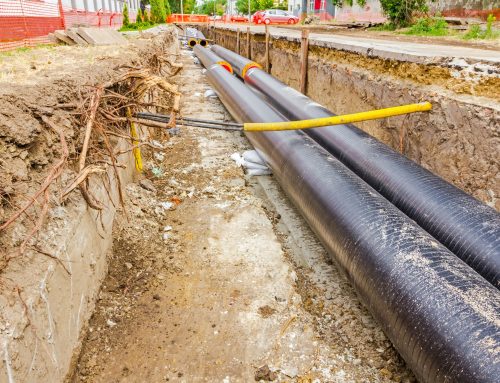Installing a Pipeline Across the Busiest Shipping Channel
In his October 2020 article, Joe Pikas, highlights how offshore pipeline projects face greater risks and complexities than onshore systems. From harsh marine environments to evolving regulatory expectations, operators must use proven engineering principles and digital tools to ensure safety, compliance, and efficiency.
Key Themes from the Article
- Unique Offshore Challenges. Offshore pipelines are exposed to extreme pressures, shifting seabeds, and corrosive saltwater environments that accelerate integrity risks.
- Design and Construction Demands. Offshore projects require more rigorous engineering models to account for deepwater conditions, hydrodynamics, and installation constraints.
- Regulatory Pressures. PHMSA and international standards are increasing documentation and reporting requirements for offshore projects, especially around audit readiness and environmental protection.
- Digital Tools Make the Difference. Traditional spreadsheets and fragmented systems cannot keep pace with offshore project demands. Integrated platforms like the Pipeline Toolbox (PLTB) enable risk modeling, corrosion assessment, and automated reporting built to meet offshore compliance requirements.
Why Offshore Operators Should Care

- Engineering Managers / Integrity Leads: Validate offshore designs and inspection plans with traceable, verifiable, complete (TVC) documentation.
- Compliance-Driven Operators: Maintain alignment with PHMSA, API, and international offshore standards.
- Field Teams: Reduce rework and delays by centralizing data across inspection, testing, and construction workflows.
The article makes it clear: pipeline safety and compliance require a proactive strategy supported by modern technology.
Read the Full Article to see Joe Pikas’ detailed perspective on how engineering, compliance, and innovation come together for safer, more reliable pipelines.






